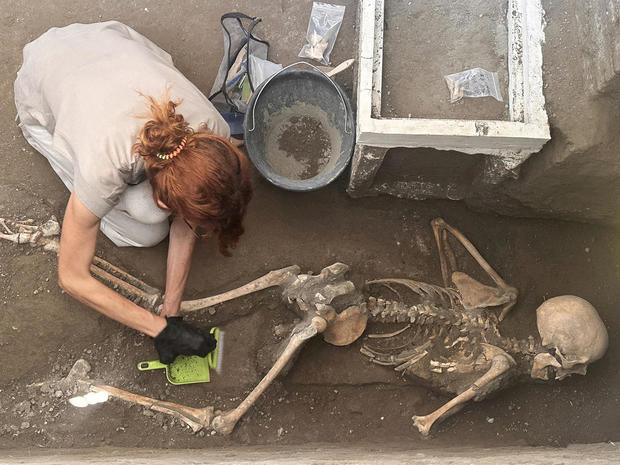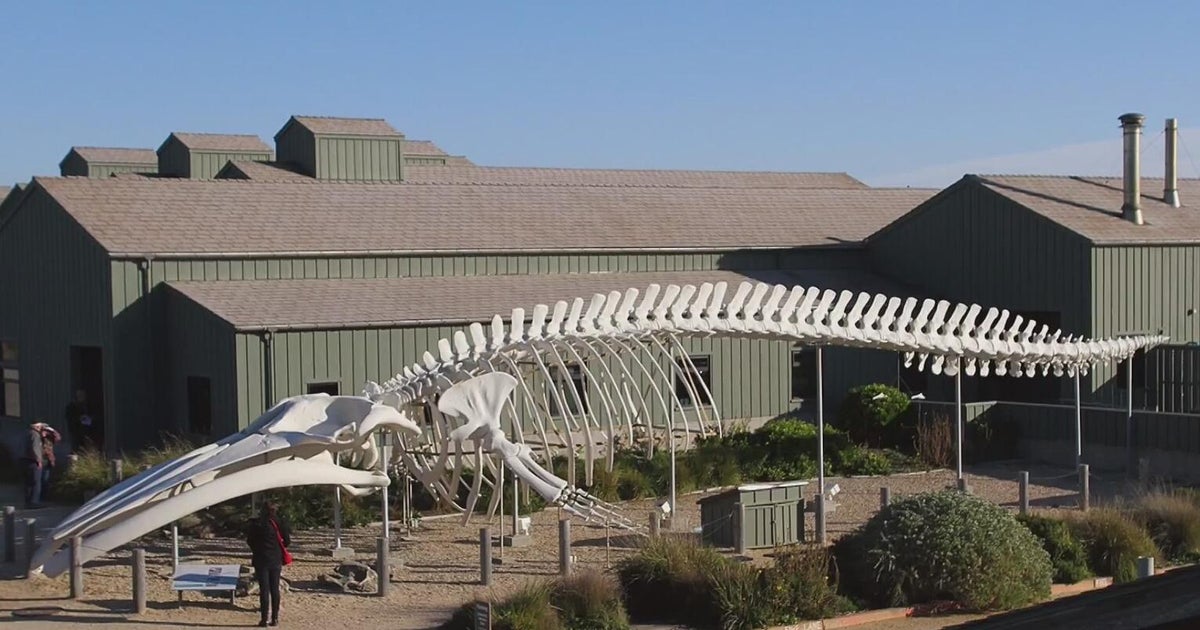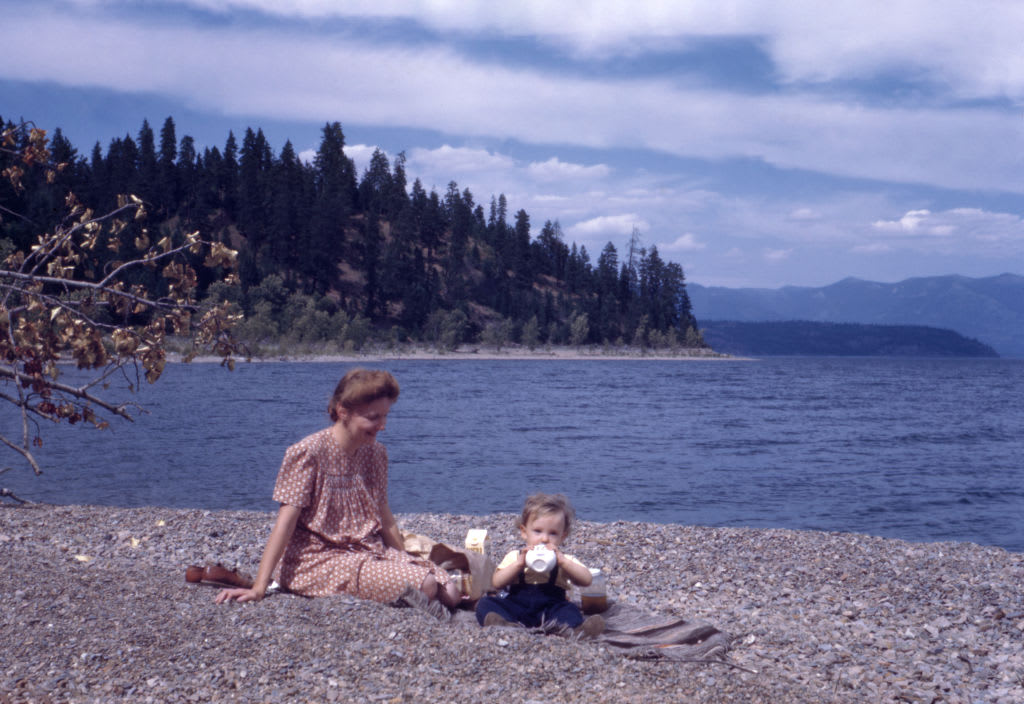2 victims of ancient Pompeii eruption found, along with gold treasures
Excavators in Pompeii recently unearthed the remains of two more victims of the ancient volcanic eruption that encased the lost Roman city in ash and debris. Archaeologists said their skeletons were discovered inside what was likely the bedroom of their home, where they'd become trapped as the rest of the structure filled with debris.
The skeletons once belonged to a man and a woman, said officials from the Pompeii Archaeological Park in a news release announcing the excavation. The woman was found on the bed with a collection of gold, silver and bronze coins, as well as a pair of gold earrings, a pair of pearl earrings and other jewelry.
Archaeologists uncovered the bones during excavations of a section of Pompeii designated Region IX, where archaeological investigations have been focused for the last several years after being largely unexplored. It is one of nine neighborhoods that compose the former metropolis, which at one point covered 3,200 square meters, or just under an acre, of land in southern Italy.
Located near Naples and at the base of Mount Vesuvius, Pompeii was completely decimated in a now-infamous volcanic eruption in 79 A.D. that's remembered as one of the deadliest of its kind in known history. Historians say 2,000 people died in Pompeii alone, with the overall toll suspected to be closer to 16,000 when deaths from surrounding towns are considered.
A column of volcanic matter 10 miles high burst out from Mount Vesuvius when it erupted. For around 12 hours after that, the volcano expelled a mountain of ash and pyroclastic flow — a current of hot gas and volcanic matter that travels quickly over the ground away from an eruption — onto the area below, burying Pompeii and neighboring villages like Herculaneum. As much as 20 feet of debris covered some areas, mixed with ash that hardened and essentially left Pompeii frozen in time while the centuries passed.
Archaeologists have learned a lot about life in the Roman city since excavations began several hundred years ago, including the fact that Pompeii's residents were relatively wealthy. The remnants of it discovered previously suggest they valued art, architecture adorned with lavish furnishings and a range of other fineries.
Similar to a number of structures uncovered elsewhere in Pompeii, the home in Region IX where archeologists discovered the two most recent victims was architecturally complex, and officials said the room was being used as a temporary bedroom while another part of the house was under construction. Archaeologists believe the two people shut themselves in the room to wait while the ongoing stream of ash rained down from Vesuvius and eventually engulfed the surrounding rooms in the house.
But the victims couldn't exit because of that, and they died when pyroclastic flow rushed in and buried them, officials said.
Pompeii is now an active archaeological park and a UNESCO World Heritage Site. In a statement translated from Italian, the park's director, Gabriel Zuchtriegel, said studying these latest victims offers opportunities to collect "invaluable anthropological data" about ancient Pompeii and the people who lived there.






